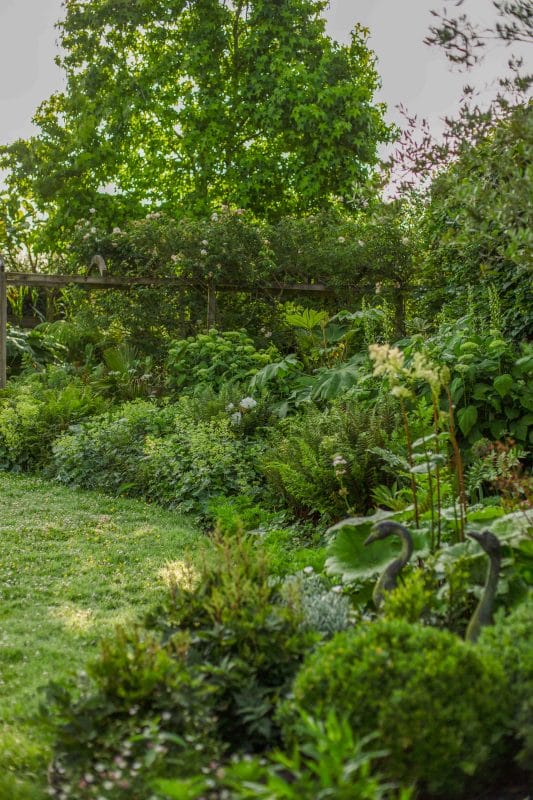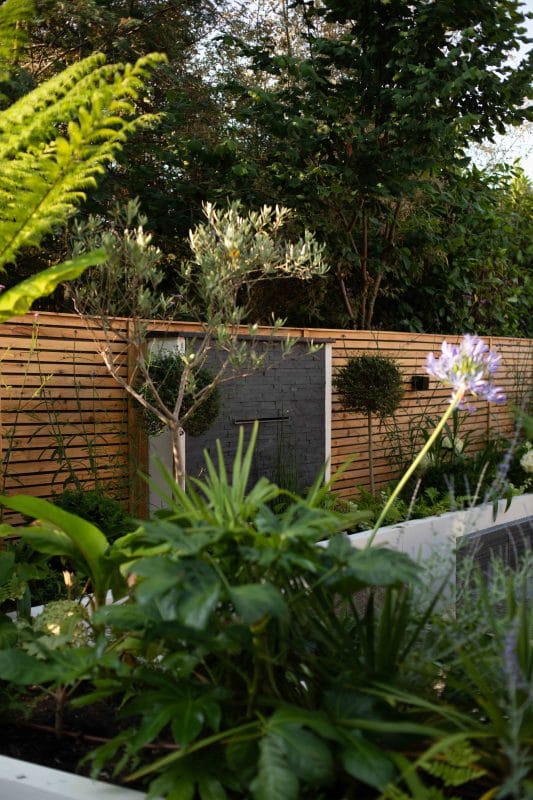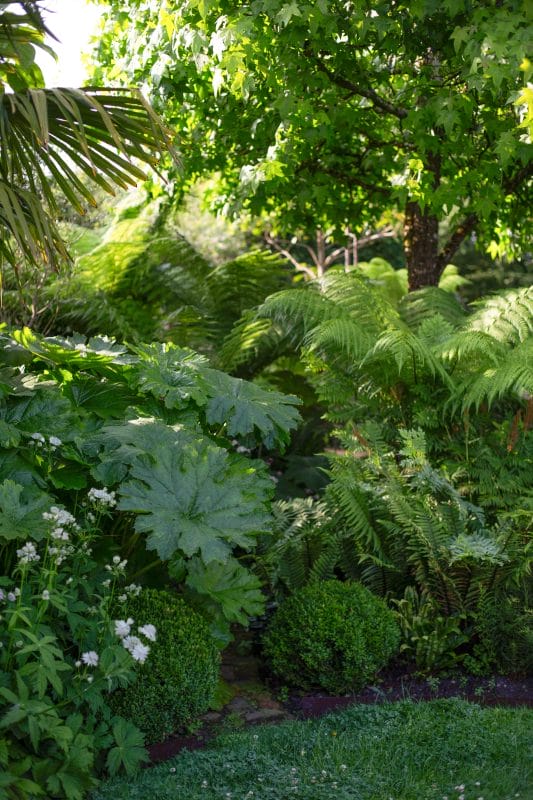Even the most enthusiastic gardener will face a few challenges — from too much shade to stubborn clay soil or a sloping garden that won’t stay put. The good news? Most of these issues have straightforward fixes. Here are some of the most common gardening problems and how to turn them into opportunities for a beautiful, thriving outdoor space.
1. A Shady Garden
The problem:
Too little sunlight can make it difficult to grow traditional flowering plants and vegetables.
The solution:
-
Choose shade-loving plants. Opt for hostas, ferns, astilbes, heucheras and hydrangeas, which actually prefer low light.
-
Use light to your advantage. Add reflective surfaces like pale gravel paths or light-coloured planters to brighten dark corners.
-
Layer your plants. Mix different leaf textures and shades of green to create depth and interest.
-
Consider raised beds or containers. If you can move your plants around, you can chase sunlight as the seasons change.
2. A Sloped Garden
The problem:
Water runoff and soil erosion can make steep areas hard to plant and maintain.
The solution:
-
Terrace the slope. Building small retaining walls or tiers creates level planting areas and helps with drainage.
-
Plant groundcovers. Creeping thyme, vinca, sedum or juniper help stabilise the soil while adding colour.
-
Mulch generously. A thick layer of organic mulch helps retain moisture and reduce erosion.
-
Install steps or paths. Make your slope functional and accessible by adding safe, well-placed walkways.


3. Poor Soil Quality
The problem:
Sandy, clay-heavy or compacted soil can stunt plant growth.
The solution:
-
Test your soil. A simple soil test kit will tell you what nutrients you need to add.
-
Amend with organic matter. Mix in compost, leaf mold or well-rotted manure each year to improve texture and fertility.
-
Plant smart. Choose species adapted to your soil type — for example, lavender and rosemary thrive in sandy soil, while irises and daylilies tolerate clay.
-
Try raised beds. If your native soil is beyond saving, raised beds filled with quality soil give you a fresh start.
4. Poor Drainage or Waterlogged Areas
The problem:
Some areas of your garden may stay soggy after rain, leading to root rot.
The solution:
-
Improve drainage. Add sand or grit when planting, and consider installing a French drain if the area floods regularly.
-
Build raised areas. Mounding or raised beds keep roots above saturated soil.
-
Plant moisture-lovers. Ferns, irises and willows enjoy damp conditions and can turn a problem into a feature.
5. Pests and Diseases
The problem:
From aphids to slugs, garden pests can undo your hard work overnight.
The solution:
-
Encourage natural predators. Ladybirds, frogs and birds are your allies. Avoid broad-spectrum pesticides that harm them.
-
Use barriers. Copper tape, mesh or cloches can physically protect plants.
-
Rotate crops. Especially in vegetable gardens — this helps prevent soil-borne diseases.
-
Keep things tidy. Remove dead leaves and debris where pests hide.
6. Too Much Sun or Heat
The problem:
In very sunny gardens, plants can dry out or scorch.
The solution:
-
Add mulch. A 2–3 inch layer helps retain moisture.
-
Water deeply, not often. Encourages roots to grow downward where it’s cooler.
-
Create shade. Use trellises, pergolas or even large pots of taller plants to give delicate species a break.
-
Choose drought-tolerant plants. Lavender, sedum and ornamental grasses thrive in hot conditions.

Every garden has its quirks — the trick is to work with them, not against them. A shady garden can become a lush woodland retreat and a slope can transform into a terraced showcase. With the right plants and a bit of creativity, even the toughest spots can become the most beautiful features in your landscape.
READ MORE

